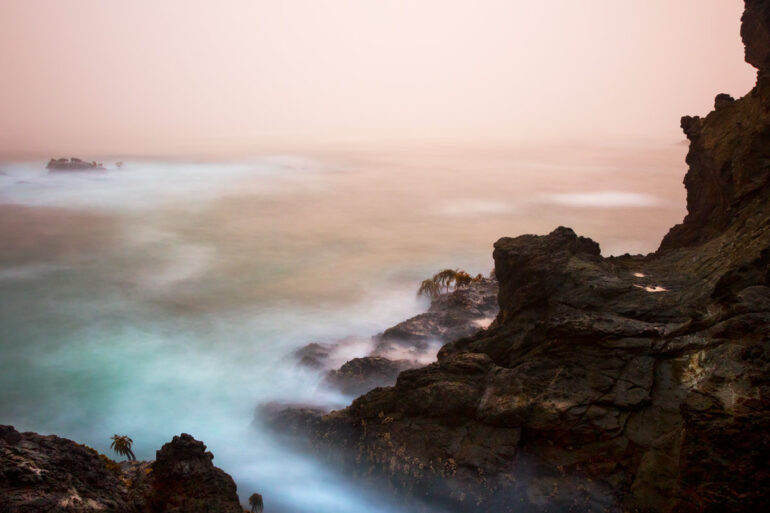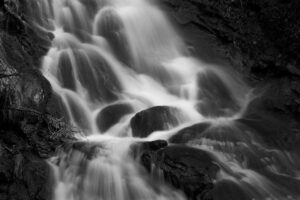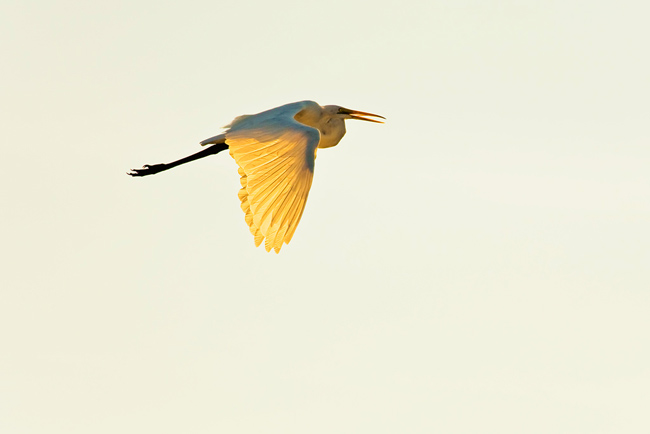We may earn a commission when you purchase through affiliate links. Learn more.
The shutter in your camera controls the length of time that light gets to reach the digital sensor or film. Just like how opening your eyes on a blindingly bright day at the beach for a split second lets less light reach your eye than keeping your eyes open for several seconds, the camera’s shutter works the same way. You’ll see the terms shutter speed and exposure time used interchangeably.

By varying the time that light can reach your camera’s sensor you’re able to either stop any action that’s taking place in the frame by using a fast shutter speed, or you can emphasize the movement by using a slower shutter speed to blur the moving parts of your scene.

Shutter speeds are measured in fractions of a second and for long exposures, in whole seconds. When you set your camera’s shutter speed to 1/125, this means that your shutter will open and allow light to pass through the lens diaphragm for 1/125th of a second. A shutter speed setting of 3″ means that your shutter will stay open for 3 full seconds, long enough to blur the motion of water cascading over a waterfall as seen in the photo to the left.
If you’re shooting in manual mode, you’ll want to make it a point to always consider what shutter speed will be ideal for each shot you take.

While a longer exposure of a bird flying by at sunset might result in an image that is properly exposed, because the bird is in flight and moving across the frame, it will appear blurry. To compensate for this movement, you’ll need to use a faster shutter speed to freeze the bird in flight. If you’re hand-holding your camera and using it off a tripod, your own movements also determine the shutter speed you need. While it might not be perceptible to you, every breath you take, every beat of your heart, every twitch of a muscle shakes your camera ever so slightly. Some people can hold a camera steadier than others, so experiment to see how long of an exposure you can handhold. Some cameras and lenses feature image stabilization, which helps to make instant corrections for camera shake, to enable photographers to use slower shutter speeds. This ability is great for capturing images in low light conditions using shutter speeds slower than a photographer could normally handhold without camera shake resulting in blurry photos.
With long focal length lenses like the Sigma 120-400mm f/4.5-5.6 lens, the field of view is very small, especially at the maximum focal length. This small field of view means that far away details occupy a large portion of the frame and even a small movement of the camera and lens can mean that you’re suddenly looking at something 20 feet to the left or right of where you subject is. This is why you’ll often see photographers using a tripod to support their long telephoto lens, keeping it motionless and keeping the field of view fixed on a specific spot. If you’ve ever looked through a telescope or a pair of binoculars, you know just how much your scene changes when you move ever so slightly.
Because the field of view is small when you’re using a lens with a long focal length, you’ll need a very fast shutter speed to freeze any action that’s taking place in your scene.
Most of the time photographers want to freeze the action of moving elements in their shot, but there are times when it can improve the aesthetic quality of a photo to actually portray this motion by using a slow or long shutter speed. Long exposure photography is a very popular genre in which photographers use slow shutter speeds ranging from a fraction of a second to several hours in length to blur the movement of clouds, water, people, and many other possible subjects.
Long exposure photography can usually be done at night without any need for filters to prevent overexposure, but during the day light blocking filters like polarizers and neutral density filters are often used. These filters block some of the incoming light so that a longer exposure time can be used. You can learn more about all the basics of long exposure photography in this tutorial.
